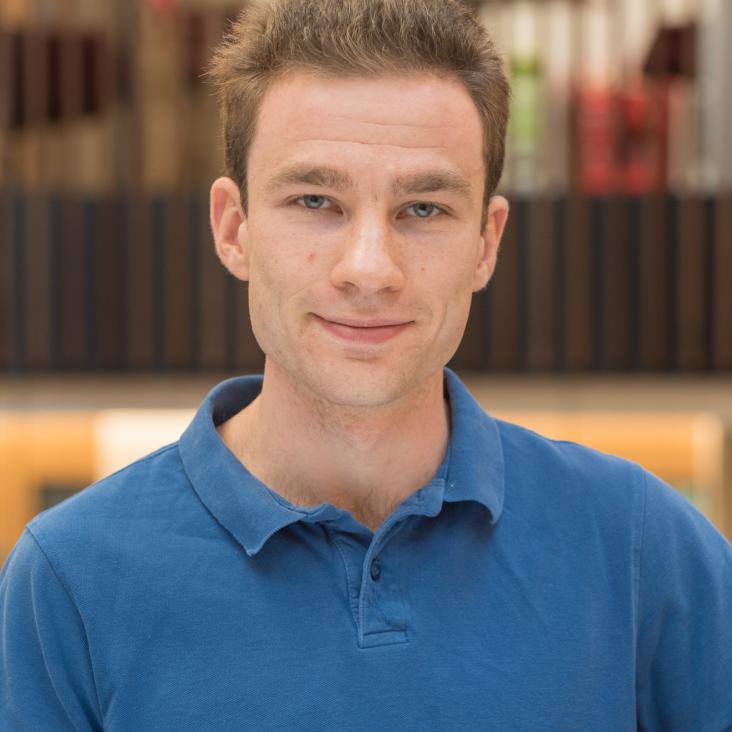Towards scalable ion trap nodes for cavity-enhanced quantum networking
Abstract:
Ion trap quantum information processors have shown impressive performance in demonstrations of elementary quantum operations and simple algorithms. However, the realisation of quantum computers with 'real-world’ utility will require a significant increase in the number of qubits controlled. A promising approach to scaling is a modular architecture, where interactions between modules are mediated by single photons collected from ions in each module and distributed over a photonic network. However, the entanglement of remote ions at useful rates requires extremely high photon collection efficiency, which is best achieved by placing the ion at the centre of an optical cavity. This work investigates different aspects of cavity-enhanced remote entanglement and determines characteristics of both the cavities and the ion-trap module required for scalable quantum computation.
The limitations on high-probability photon production in short times are identified, leading to an intuitive method for the optimisation of cavities with residual transverse misalignment that encodes practical trade-offs. The round-trip loss and resonant mode of cavities with non-spherical mirrors and residual transverse misalignment is studied by expanding the resonant field in a Hermite Gauss basis, uncovering complex and unwanted behaviour for cavities with mirrors that are not highly spherical. The vulnerability to cavity birefringence of remote entanglement schemes using polarisation-encoded photonic information is considered, and options for avoiding these concerns by encoding in the time degree of freedom are presented. Finally, a miniature atomic source suitable for scalable ion trap systems is developed and characterised.
The combined results of this thesis provide a theoretical and technical foundation for a new generation of cavity-enhanced quantum network experiments to be built over the coming years.


